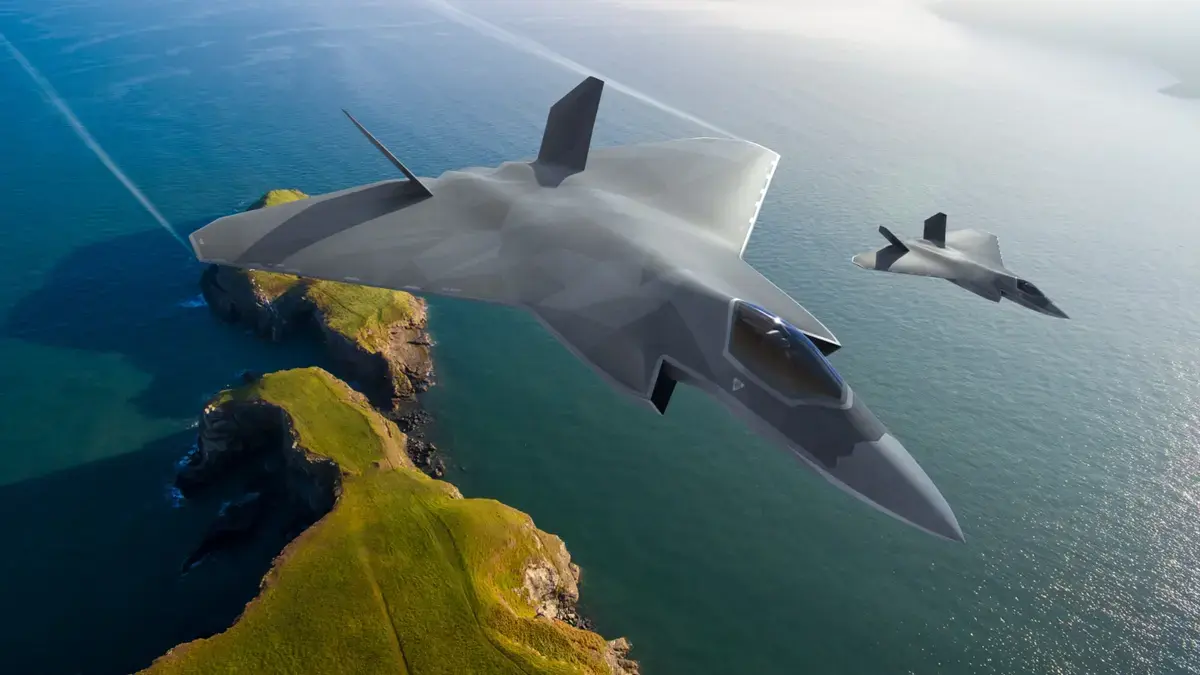“(*Tokyo) – In a significant step forward for international defense cooperation, Japan has formally joined the Global Combat Air Program (GCAP), a tripartite initiative with the United Kingdom and Italy to develop a sixth-generation fighter aircraft. The collaboration merges Japan’s F-X project with the UK’s Tempest and Italy’s Combat Air Strategy, aiming to deliver a next-generation stealth fighter by 2035.
The move marks Japan’s most ambitious international defense partnership in recent history and represents an important foundation in its security strategy amid rising regional threats and evolving global alliances.
A new multinational framework
In December 2023, the three countries signed a binding treaty establishing the GCAP International Government Organization (GIGO) to oversee the project Headquartered in the UK, the organisation will initially be led by a Japanese CEO, reflecting Japan’s central role in the early stages.
Key industry partners:
- BAE Systems (UK)
- Leonardo (Italy)
- Mitsubishi Heavy Industries (Japan)
The companies have formed a joint venture with equal shares, tasked with the design, development and long-term support of the aircraft until 2070.
Next-generation fighter vision
The GCAP aircraft is expected to replace Japan’s aging F-2 and complement allied fleets. Its expected capabilities include:
- AI-enabled decision support systems
- Stealth delta-wing design
- Advanced electronic warfare (EW) capabilities
- Integrated unmanned teaming
A demonstrator is expected to fly by 2027, with full service entry for 2035 is targeted.
Japan’s strategic priorities
Japanese officials have expressed concern about the potential delivery delay extending to 2040. To maintain operational readiness, Japan is exploring interim options such as:
- Upgrading its existing F-2 fleet
- Purchasing additional F-35 aircraft
Still, GCAP offers Japan long-term benefits:
- Greater industrial autonomy
- Diversified defense partnerships
- Integration into a European-led aerospace supply chain
“”This program is not just about building aircraft, but about building a lasting industrial and strategic alliance.”
— Tomohiro Kawada, Head of ATLA, DSEI Japan 2025
Implications for Indo-Pacific Security
GCAP strengthens Japan’s position in the Indo-Pacific, especially as China is expanding its regional military presence. It is consistent with Japan’s evolving defense doctrine, which includes:
- Increased defense spending
- Missile and naval modernization
- Enhanced NATO interoperability
The partnership also diversifies Japan’s strategic alliances while complementing its existing U.S. security architecture.
Conclusion
GCAP represents more than just a fighter jet program – it is a long-term geopolitical and industrial alliance. For Japan, it signals a new phase of international leadership, innovation, and strategic flexibility. If implemented, over time, GCAP will redefine next-generation air power and multinational defense cooperation in Europe and the Indo-Pacific.
You may also like: Defense Secretary Says Funding Request Addresses Adequate Support for Special Ops
FAQs: People Also Ask
GCAP is a joint project between Japan, the UK and Italy that aims to develop a sixth-generation stealth fighter jet by 2035. It combines Japan’s F-X project with the UK’s Tempest and Italy’s Combat Air Strategy. The aircraft will feature AI support, unmanned teaming, advanced stealth and electronic warfare systems.
Japan’s entry into GCAP shows how seriously it is preparing for Indo-Pacific security challenges, especially with China’s military development and rising regional tensions. Japan is also increasing its defense spending and increasing cooperation with NATO countries. The move also helps Japan reduce its dependence on a single partner like the US and diversify its alliances.
Yes. GCAP aims to replace the aging F-2 fleet by 2035. However, since delays are possible (perhaps even until 2040), Japan is buying more F-35s and upgrading existing F-2s to keep them ready. In the long run, GCAP will give Japan greater defense independence and a stronger industrial partnership with Europe.








Leave a Reply